
Table of Contents
Google Ads vs PPC: Understanding the Difference and When to Use Each
In performance marketing, precision matters. Yet even experienced advertisers sometimes blur the line between Google Ads and PPC. On one side, PPC represents an entire category of paid advertising models. On the other hand, Google Ads is a platform that has set the standard for what PPC can achieve. Recognizing where the two overlap—and where they diverge—is critical for building a strategy that doesn’t rely on a single channel but maximizes every opportunity within the paid media ecosystem.
This guide will explore the key differences between Google Ads and PPC, highlight why the distinction matters, and provide insights for advertisers who want to maximize ROI across multiple channels.
What is PPC Advertising?
PPC stands for Pay-Per-Click, a digital advertising model where advertisers pay a fee each time a user clicks on their ad. This model is widely used across search engines, display networks, and social media platforms.
PPC refers to the payment model advertisers use to run their ads, where payment is only made once a user clicks on an ad. In other words, PPC is not tied to one platform—it’s the method of billing.
Characteristics of PPC
-
Cost-per-click model: Advertisers pay only when a click occurs.
-
Cross-platform presence: Found in Google Ads, Microsoft Advertising (Bing Ads), Facebook Ads, LinkedIn Ads, TikTok Ads, etc.
-
Flexibility in targeting: PPC campaigns can target users by keywords, demographics, behaviors, or interests.
-
Measurable ROI: Every click, impression, and conversion can be tracked.
PPC is essentially the umbrella term. Underneath it sits Google Ads, one of the most powerful PPC channels.
What is Google Ads?
Google Ads is Google’s proprietary advertising platform. It allows businesses to create campaigns across Search, Display, Shopping, YouTube, and App ads.
Google itself defines the platform as:
“Google Ads is an online advertising program that helps you reach the audiences that are interested in the products and services you offer”.
This makes Google Ads a PPC platform—but not the only one. It’s the largest and most dominant player, particularly for search-driven campaigns.
Key Features of Google Ads
-
Search Ads: Appear on Google SERPs when users search with relevant keywords.
-
Display Network: Banner and image ads across millions of websites, partnered with Google.
-
YouTube Ads: Video-based ads targeted by audience and context.
-
Shopping Ads: Product-based ads for eCommerce businesses.
-
Smart & Performance Max Campaigns: AI-driven, cross-channel advertising options. Each of these formats serves a different purpose. Dive deeper into the types of Google Ads to see which is right for your goals.
While PPC is the model, Google Ads is the ecosystem where much of that PPC activity takes place.
Google Ads vs PPC: Key Differences
At a surface level, it seems interchangeable between Google Ads and PPC; after all, most people equate PPC with Google Ads. But dig deeper, and the nuances become critical for how you allocate budget, choose channels, and measure ROI.
Let’s break this down across six dimensions: scope, market reach, cost models, targeting, complexity, and strategic application.
1. Scope
The first and most fundamental difference lies in terminology:
-
PPC (Pay-Per-Click): An advertising model where you pay when someone clicks your ad. PPC can exist on any platform, including Google, Bing, Facebook, LinkedIn, TikTok, and Amazon. It’s not bound to one provider.
-
Google Ads: A specific platform created by Google that uses PPC as its primary billing method. It includes multiple campaign types such as Search, Display, Shopping, Video (YouTube), and App campaigns.
To put it simply: PPC is the pricing model; Google Ads is one of the platforms that implements it.
2. Advertising Reach and Market Share
Another key difference is where your ads appear and how much audience you can actually capture.
-
Google Ads Reach: With Google’s search engine holding over 83% of global market share (according to Statista), it offers unmatched access to users in the intent-driven search space. Beyond search, Google’s Display Network reaches 90% of internet users globally, spanning millions of sites, while YouTube delivers billions of daily video impressions.
-
PPC Outside Google Ads: Other platforms expand into audiences that Google doesn’t dominate.
-
Microsoft (Bing) Ads: Smaller volume but often cheaper CPCs, especially in B2B and desktop-heavy demographics.
-
Facebook & Instagram Ads: PPC in the social environment, great for demand creation and behavioral targeting.
-
Amazon Ads: A PPC environment optimized for e-commerce, reaching customers with high purchase intent.
In short, Google Ads = scale + intent. Other PPC channels = niche precision or creative engagement.
3. Cost Structures and Bidding Models
Both PPC and Google Ads are built on the CPC foundation, but how the cost is calculated differs.
-
General PPC Costs: Vary by platform, audience type, and competition.
-
Facebook Ads may cost less per click but require strong creatives.
-
LinkedIn Ads cost significantly more (average CPC often $5–10+) due to professional targeting.
-
Google Ads Costs: Determined by auction dynamics based on:
-
Bid amount (how much you’re willing to pay)
-
Quality Score (relevance of ad & Google landing page)
-
Ad Rank (the formula combining bid + quality + ad extensions)
Google Ads is more flexible than the pure “pay-per-click” definition. It allows advertisers to optimize for impressions, conversions, or revenue—not just clicks.
For a full breakdown of how bids and Quality Score impact your budget, read our guide on Google Ads cost.
4. Targeting Capabilities
Targeting is where the difference between PPC in general and Google Ads specifically becomes obvious.
-
PPC Across Platforms:
-
Facebook: Interest-based, demographic, behavioral.
-
LinkedIn: Job title, seniority, industry.
-
Bing: Keyword-based, similar to Google but smaller volume.
-
Google Ads: Known for keyword intent targeting—arguably the most powerful form of PPC targeting. Advertisers can capture users in the moment of need: searching for “emergency plumber near me” or “best CRM software for SaaS.”
But Google has evolved far beyond keywords. Features now include:
-
Custom intent audiences
-
Remarketing lists for search ads (RLSA)
-
In-market segments
-
AI-powered campaign types like Performance Max
In practice: Google Ads = capture high-intent traffic. Other PPC = build audiences before intent exists.
5. Learning Curve and Platform Complexity
Not all PPC platforms are equally complex.
-
Other PPC Platforms: Facebook Ads and TikTok Ads are relatively intuitive for setting up campaigns but demand strong creative assets. Amazon Ads is straightforward but requires deep product listing optimization.
-
Google Ads: Powerful but complex. Managing multiple campaign types, bid strategies, and ad formats requires expertise. The platform is constantly updated—e.g., the shift toward Smart Bidding and AI-driven automation.
6. Strategic Application
Ultimately, the choice between Google Ads and broader PPC channels depends on business goals.
-
Google Ads: Best for demand capture—users actively searching for your product/service. It’s a bottom-of-funnel powerhouse.
-
Other PPC: Best for demand creation—building awareness and generating new interest. Social PPC (Facebook, TikTok) excels at storytelling and brand discovery.
Mature advertisers rarely choose one over the other. Instead, they combine:
-
Google Ads → capture intent and conversions.
-
Other PPC channels → fuel awareness, nurture audiences, and retarget at scale.
This hybrid model ensures visibility across the entire funnel.
When to Use Google Ads vs Other PPC Platforms
Not every campaign should start and end with Google Ads. The decision depends on your goals, audience, and resources.
Use Google Ads When:
-
Your product/service solves a problem that users actively search for.
-
You want to capture high-intent leads at the decision-making stage.
-
You need measurable ROI and advanced keyword targeting.
-
You aim to scale quickly with AI-driven automation (Performance Max).
Use Other PPC Platforms (Beyond Google Ads) When:
-
Your audience spends more time on social platforms (e.g., TikTok for Gen Z, LinkedIn for B2B).
-
You want to build awareness rather than capture immediate intent.
-
Your brand is testing new creative formats (video-first campaigns, immersive experiences).
FAQs
When should you use Google Ads vs PPC?
You should use Google Ads when your target audience actively searches for products or services on Google Search or its partner sites. Choose broader PPC channels like Facebook Ads, LinkedIn Ads, or Microsoft Ads if you want to reach users based on interests, demographics, or professional profiles rather than search intent.
What are the main advantages of Google Ads compared to PPC?
The biggest advantage of Google Ads is its massive reach across Google Search, YouTube, and Display Networks. It also provides high-intent traffic and advanced analytics tools. However, PPC campaigns outside Google, such as on social platforms, can offer better audience targeting and often lower costs per click.
Is Google Ads more expensive than PPC?
Not necessarily. Google Ads costs depend on your keywords, competition, and industry. Some niches on Google can be more expensive due to high competition, while PPC campaigns on other networks may offer cheaper clicks but lower conversion intent. The best choice depends on your campaign goals and audience behavior.
How does Google Ads work compared to other PPC platforms?
Google Ads uses keyword-based auctions, where advertisers bid on search terms to show their ads to users with matching intent. Other PPC platforms, like Facebook or LinkedIn, use audience-based targeting focused on user data, demographics, and behavior rather than search keywords.
Which is better for small businesses: Google Ads or PPC?
For small businesses, Google Ads is usually the best starting point if you want to capture ready-to-buy customers searching for your services. However, other PPC platforms can complement your strategy by building awareness and retargeting users who haven’t yet made a purchase.
What metrics should you track in Google Ads vs PPC campaigns?
In Google Ads, focus on metrics like CTR (Click-Through Rate), Quality Score, Conversion Rate, and Cost per Conversion. For other PPC platforms, emphasize engagement rate, cost per lead, or return on ad spend (ROAS). Always align metrics with your marketing goals to measure real performance. To effectively track these KPIs, you'll need the right Google reporting tool to visualize your data.
What are the common mistakes when comparing Google Ads and PPC?
A common mistake is assuming Google Ads and PPC are separate strategies. Google Ads is one part of PPC. Another mistake is not adjusting budgets and creatives per platform — what works for Google Search may not perform well on social PPC channels.
Can you combine Google Ads and PPC in one strategy?
Yes. The most effective digital ad strategies often combine Google Ads with other PPC channels like Facebook, TikTok, or Bing. Google Ads captures high-intent search traffic, while other PPC platforms build awareness and nurture leads — together improving your overall ad performance and ROI.
Conclusion
Google Ads and PPC are closely connected but not identical. PPC is the advertising model, while Google Ads is one of the most powerful platforms within it. Understanding this distinction helps advertisers avoid a one-dimensional approach and instead build a balanced, multi-channel PPC strategy.
By leveraging Google Ads for high-intent search campaigns and complementing it with other PPC platforms—such as Bing for cost-efficiency or Facebook for targeting flexibility—you can maximize both reach and ROI.
You may also like:


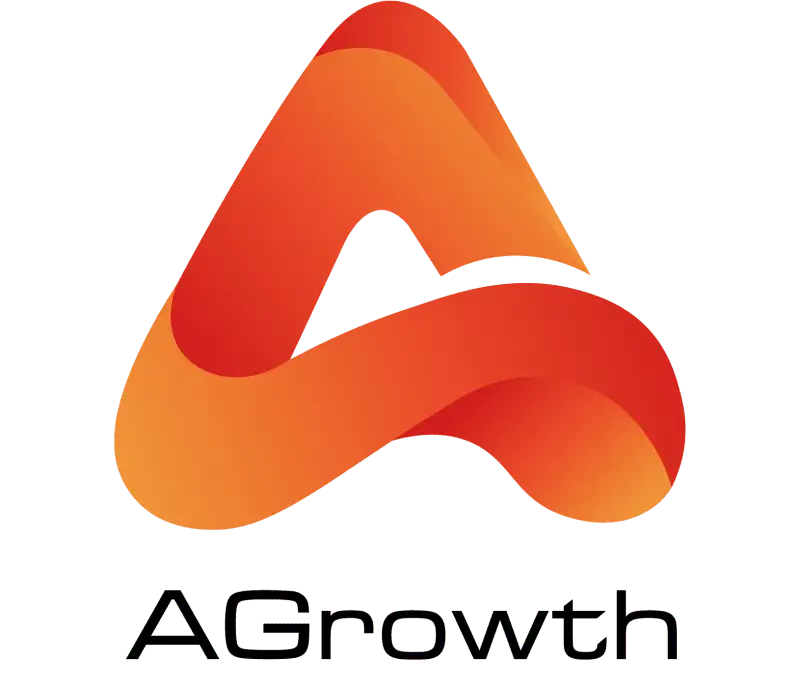
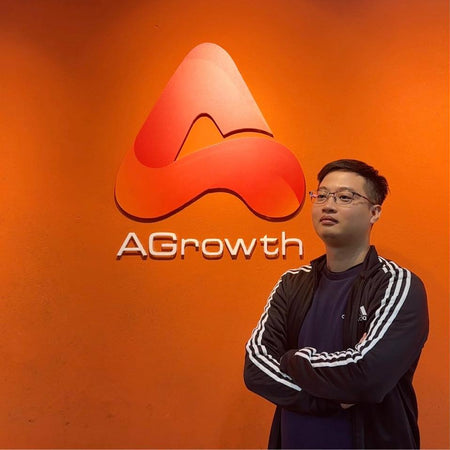

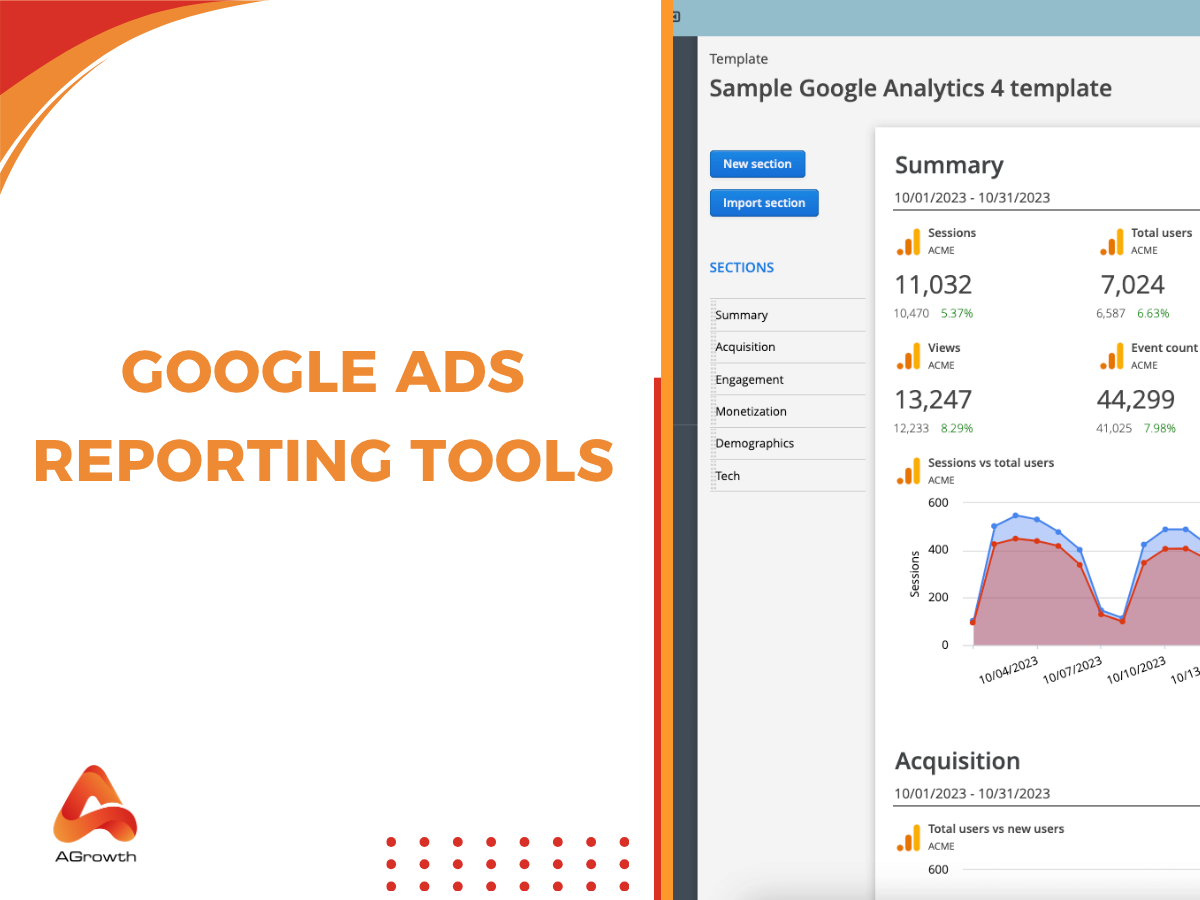
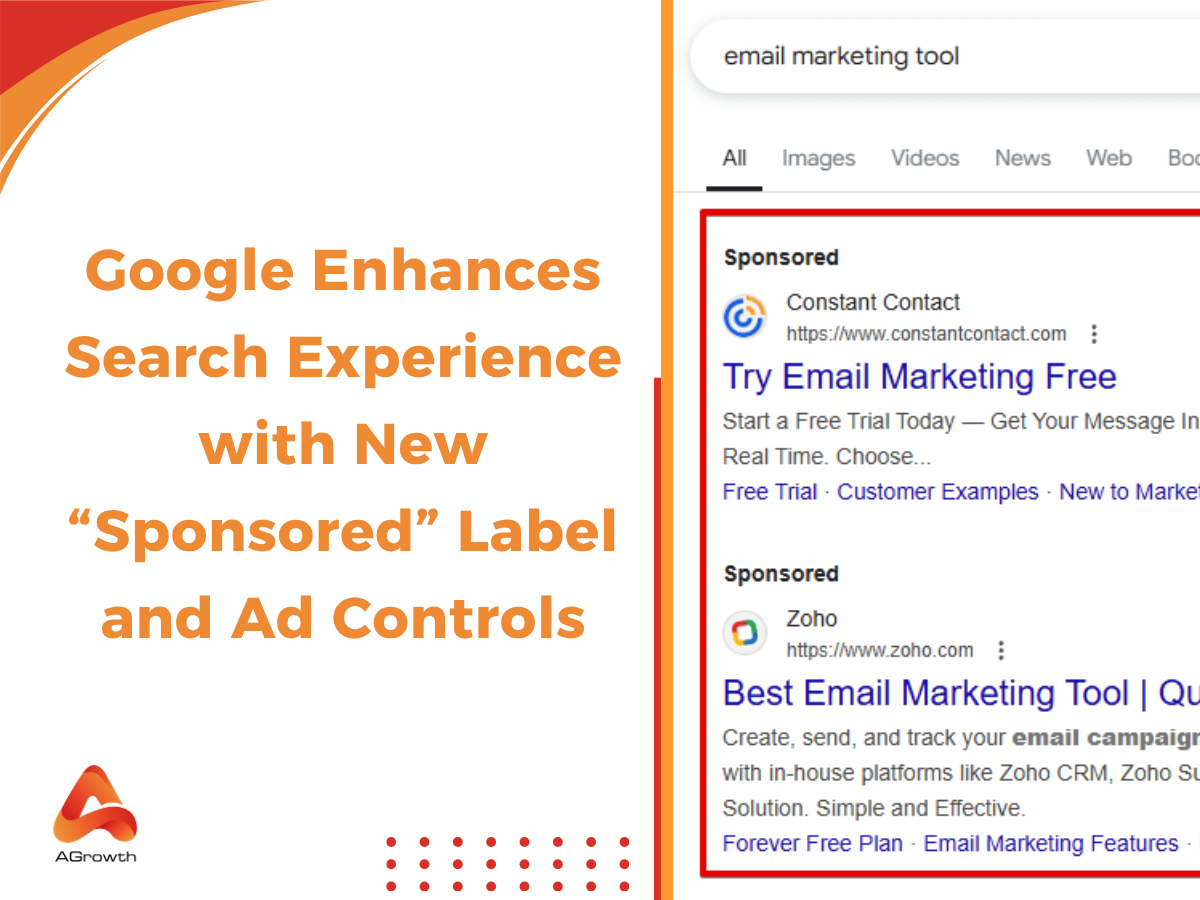
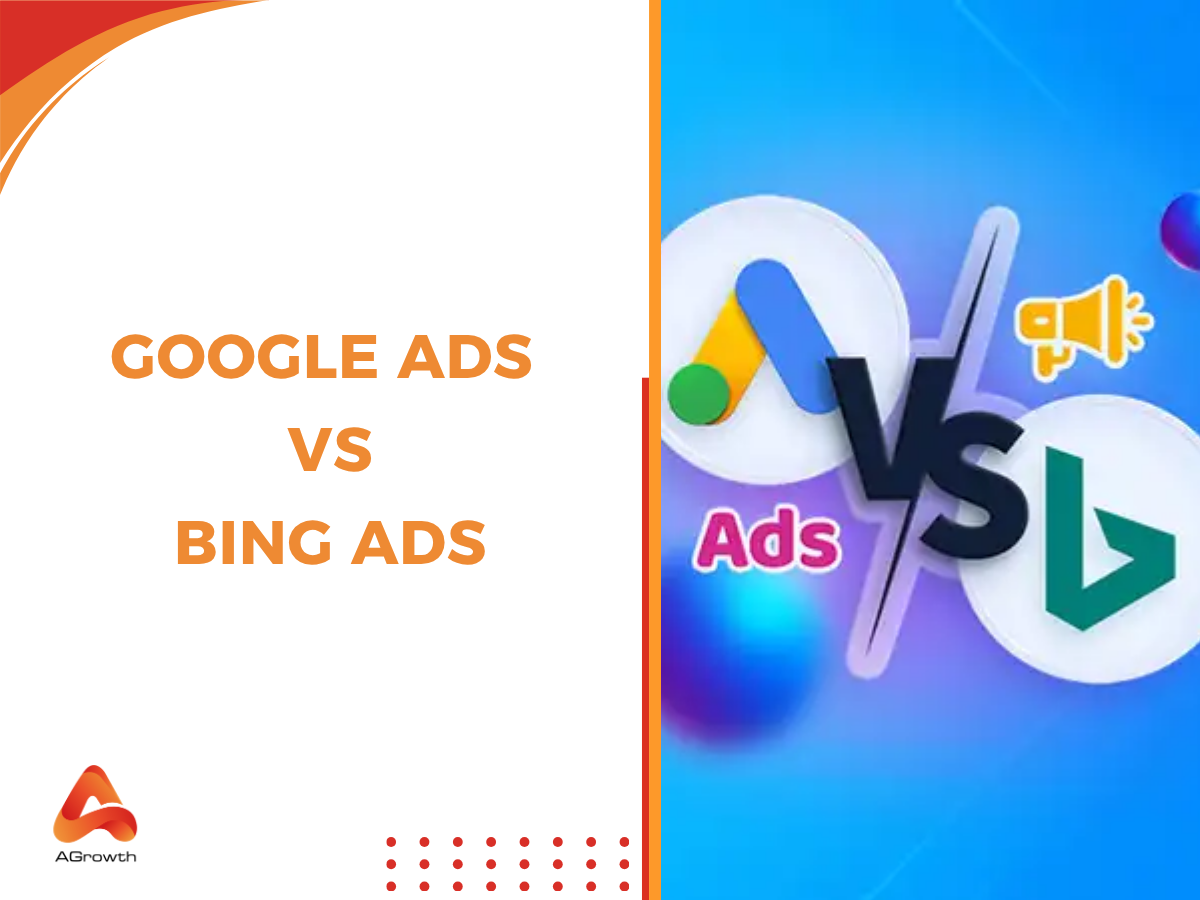
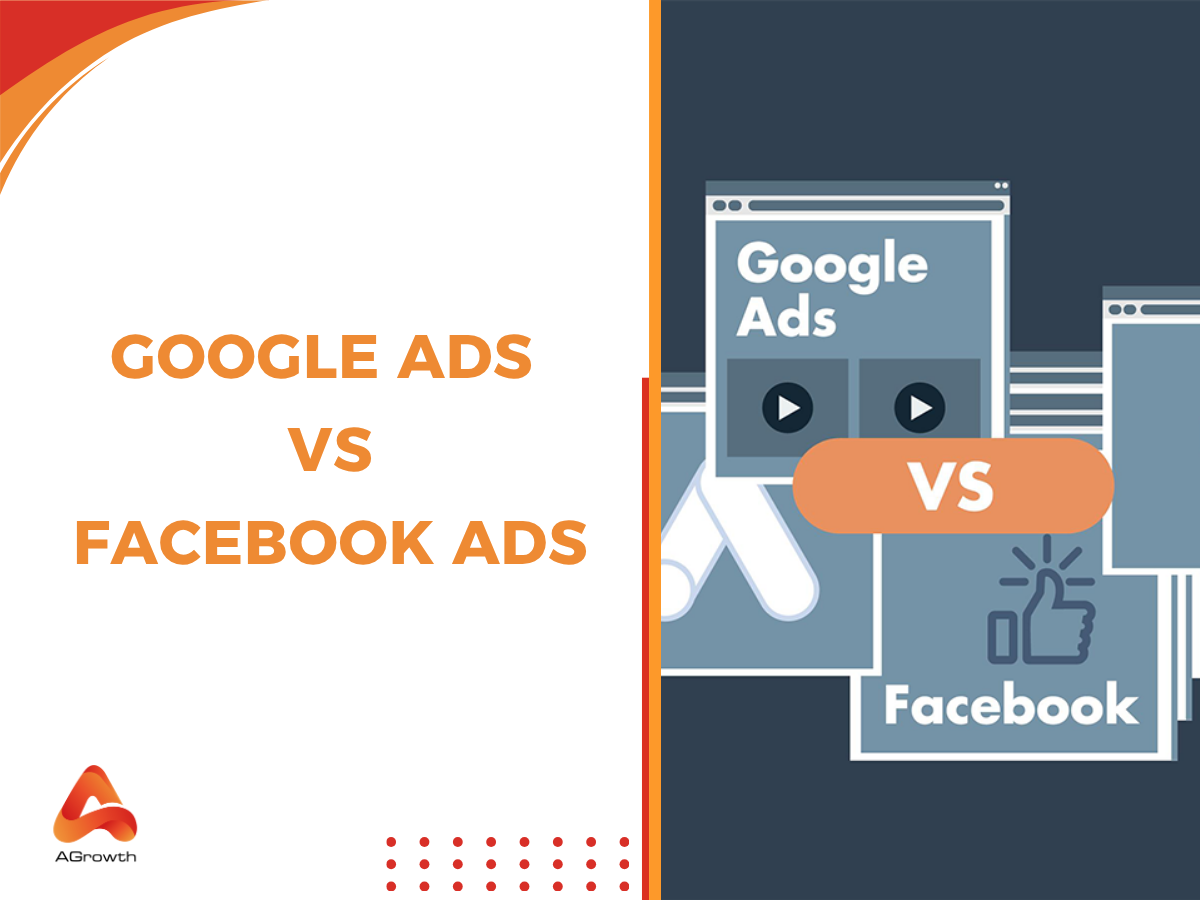
Your comment